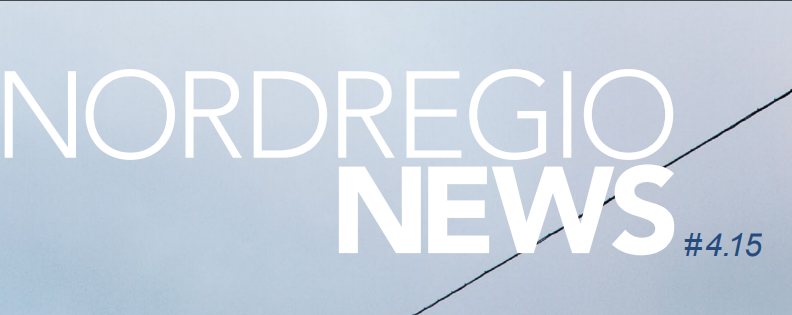On October 7, 2015, the second Arctic Human Development Report was launched at the Nordic Council of Ministers in Copenhagen.
Interest in the Arctic has mushroomed, due in large part to climate change and expected resource development opportunities, and the media hype regarding these developments. The Arctic is becoming more “marketable” and Arctic identities are seen increasingly as an asset. Concomitantly Arctic residents are themselves redefining what it means to be “a Northerner”. The report contains a number of policy-relevant conclusions for the hot topic of the day.
The combination of rapid and stressful changes highlighted in the first report released in 2004 continues today, amplified in rate and magnitude. These societal and environmental changes confront Arctic residents, local communities, and socioeconomic sectors and challenge their wellbeing. Gaps in development and human well-being persist between different groups, genders, and geographical locations. At the same time, we note trends of increased indigenous empowerment and improved local political and economic autonomy.
The findings also state that urbanization in the Arctic is accelerating, propelled both by local and global forces. Outmigration from rural communities toward larger settlements and urban centers, increased concentration of the population and the emergence of “climmigration” are notable trends.
Rural depopulation, “brain drain” and “brain waves” related to changes in the economy and resource development and to growing aspirations for formal education, population aging and associated changing dependency ratios, new flows of immigrants to the Arctic and related cultural negotiations and contestations – in short the magnitude and complexity of migration and urbanization – pose multifaceted challenges to human development in the Arctic.
The report shows that an increasing trend of legitimate participation in Arctic decisionmaking and continued innovation in governance can be observed at all scales. At the same time, as we witness greater self-determination and autonomy, and improved indigenous representation in regional, national and international bodies, the demands on local and indigenous representatives are stretching resources, human and fiscal, to the limit. These are challenges that need to be resolved if the positive trajectories are to be maintained.
Expectations are high for the expansion of resource extractive industries; we note also the growth in importance of non-resource extractive industries. Interest in economic diversification, within and beyond extractive industries, is rising. While optimism surrounding resource extractive activities remains, so does the high cost of doing business in the North. Climate change is not likely to change this reality, as benefits related to increased accessibility will be balanced or even outweighed by infrastructure damage.
At the launch, two Senior Research Fellows from Nordregio, Rasmus Ole Rasmussen and Timothy Heleniak, presented key findings from the chapters they had written on Community Viability and Adaptation and Arctic Populations and Migration. The GIS team at Nordregio produced valuable map visualisation for the report. It is a part of the Nordic working group for demography and welfare. The Nordic Council of Ministers provided considerable financial and other support to the report.
This article is part of Nordregio News #4. 2015, read the entire issue here.


